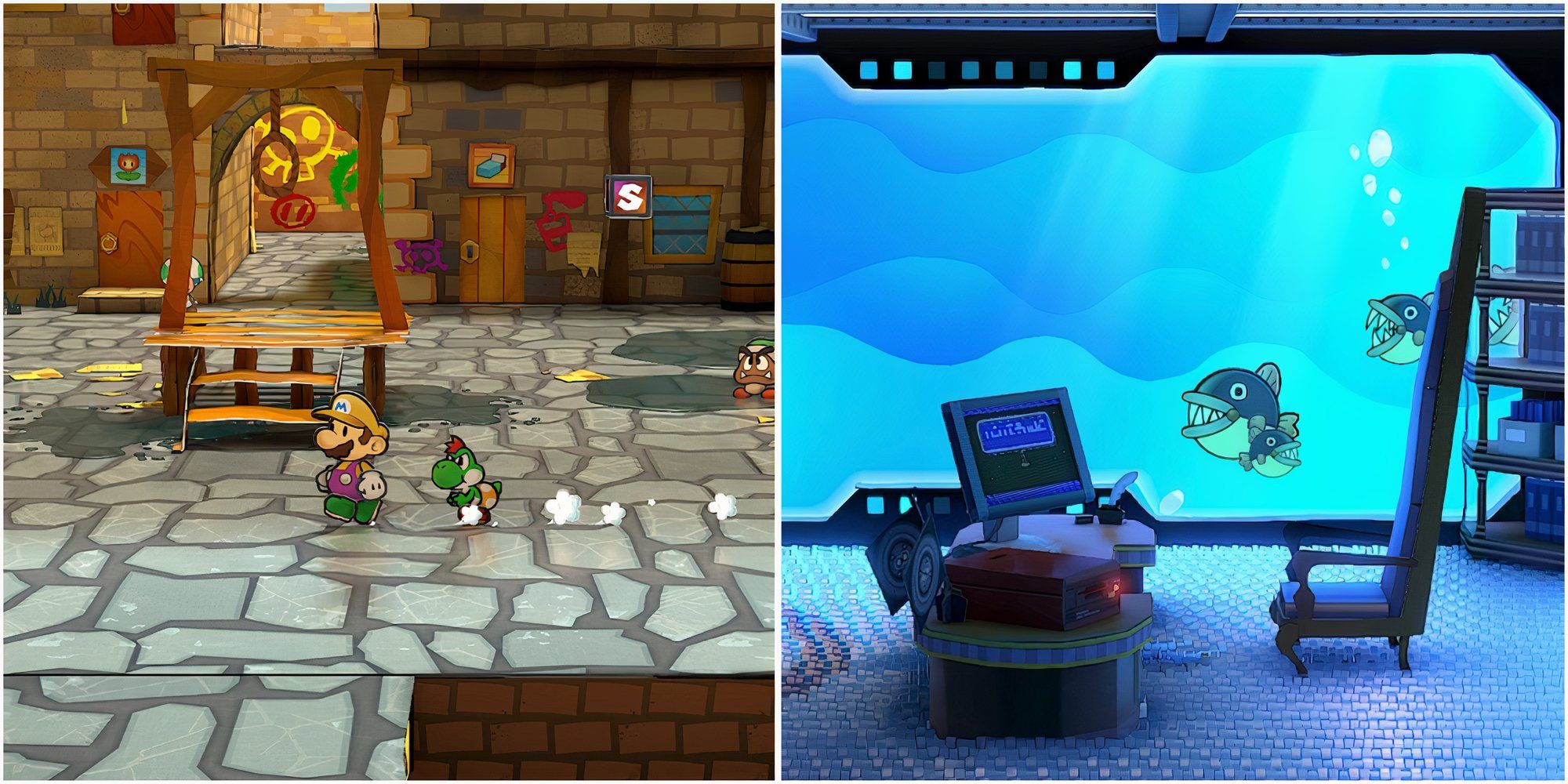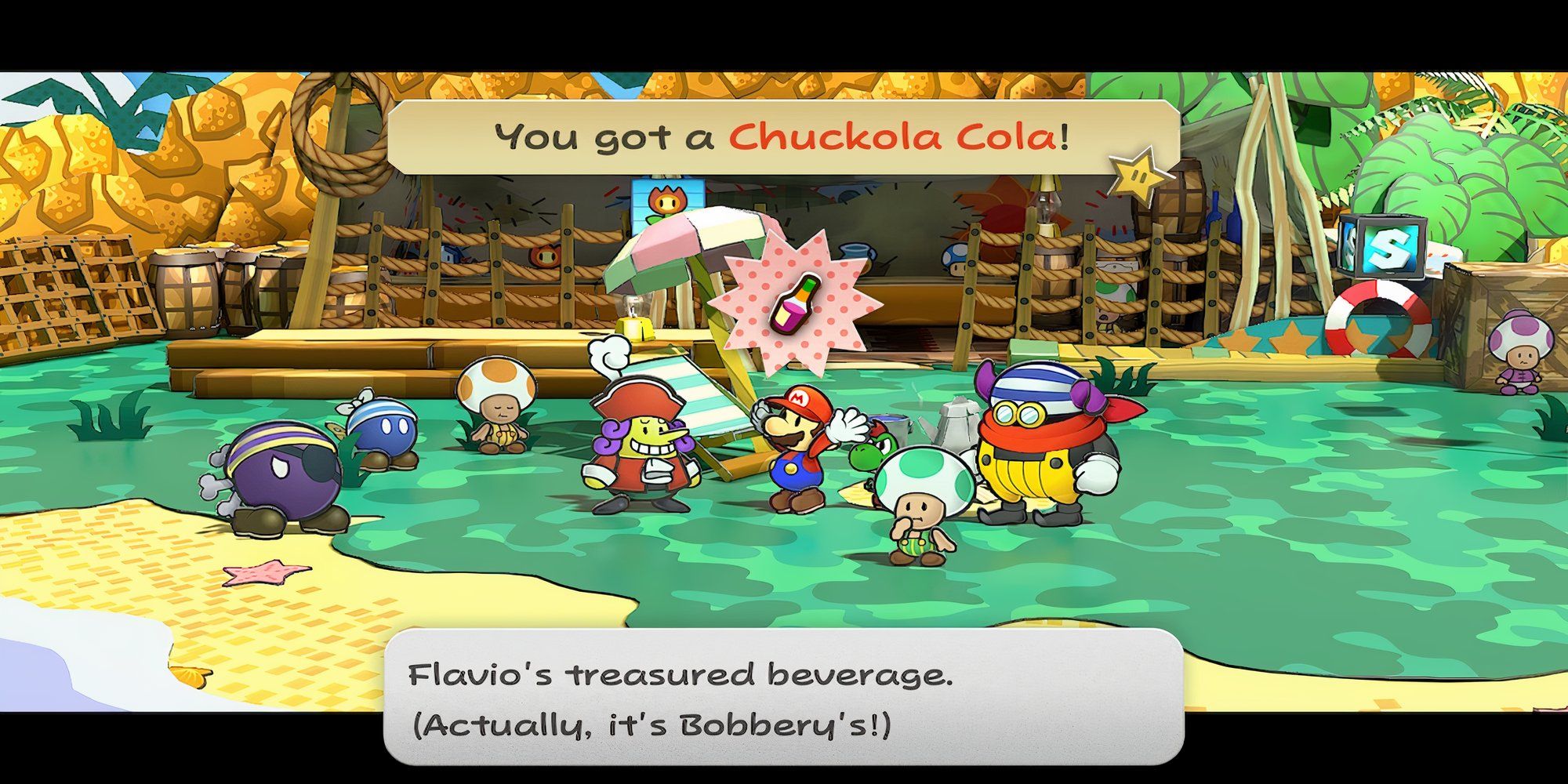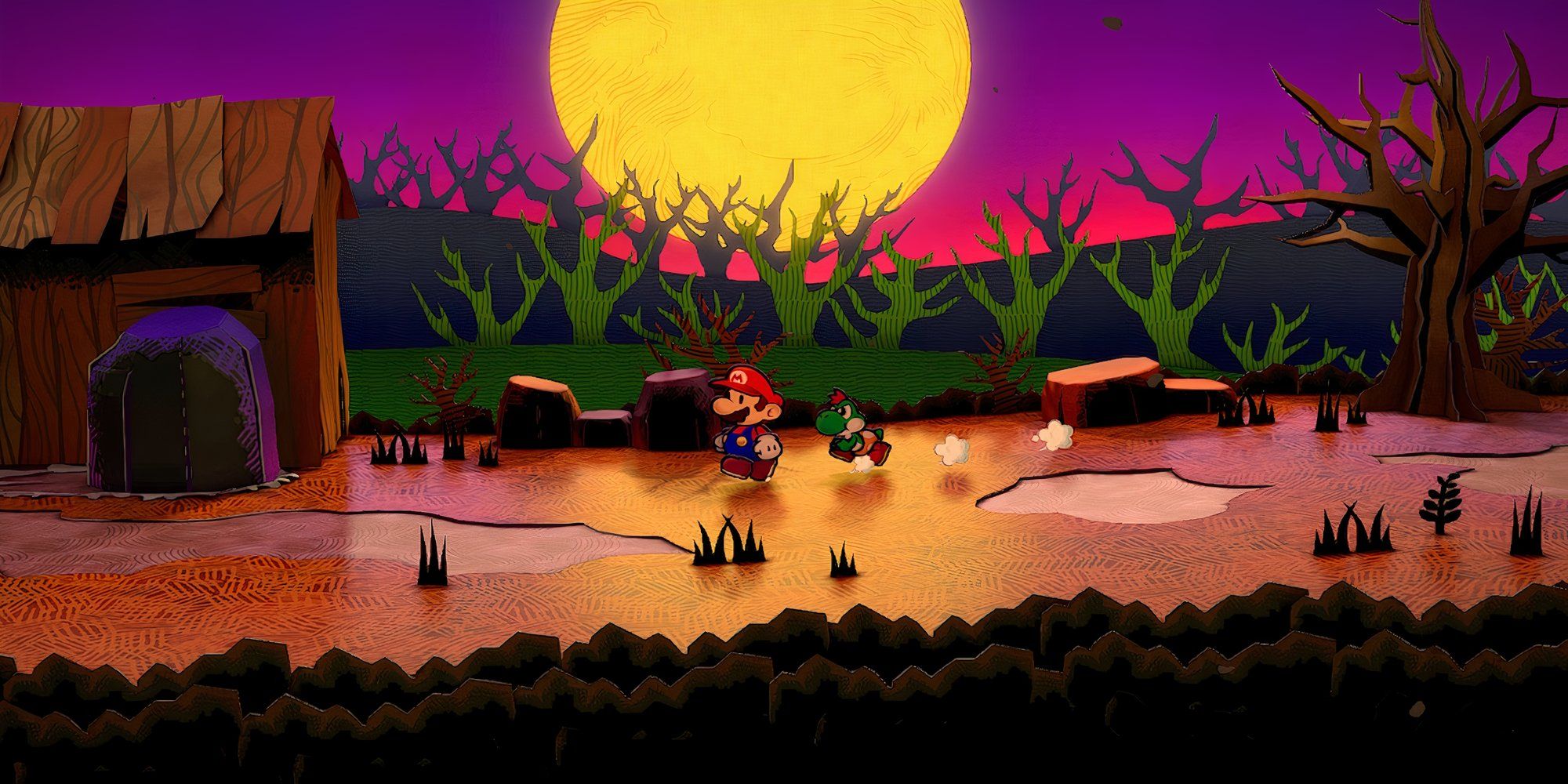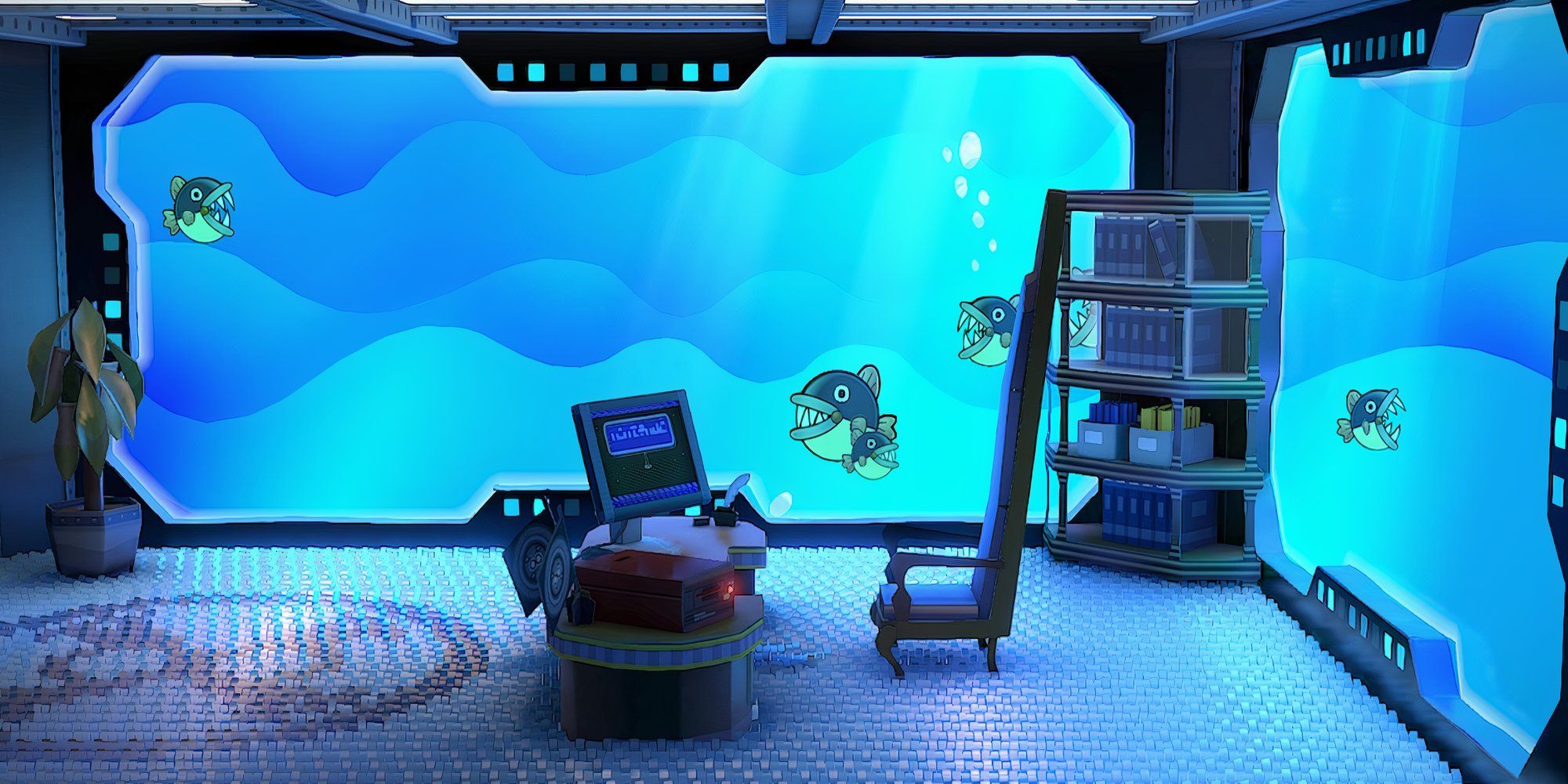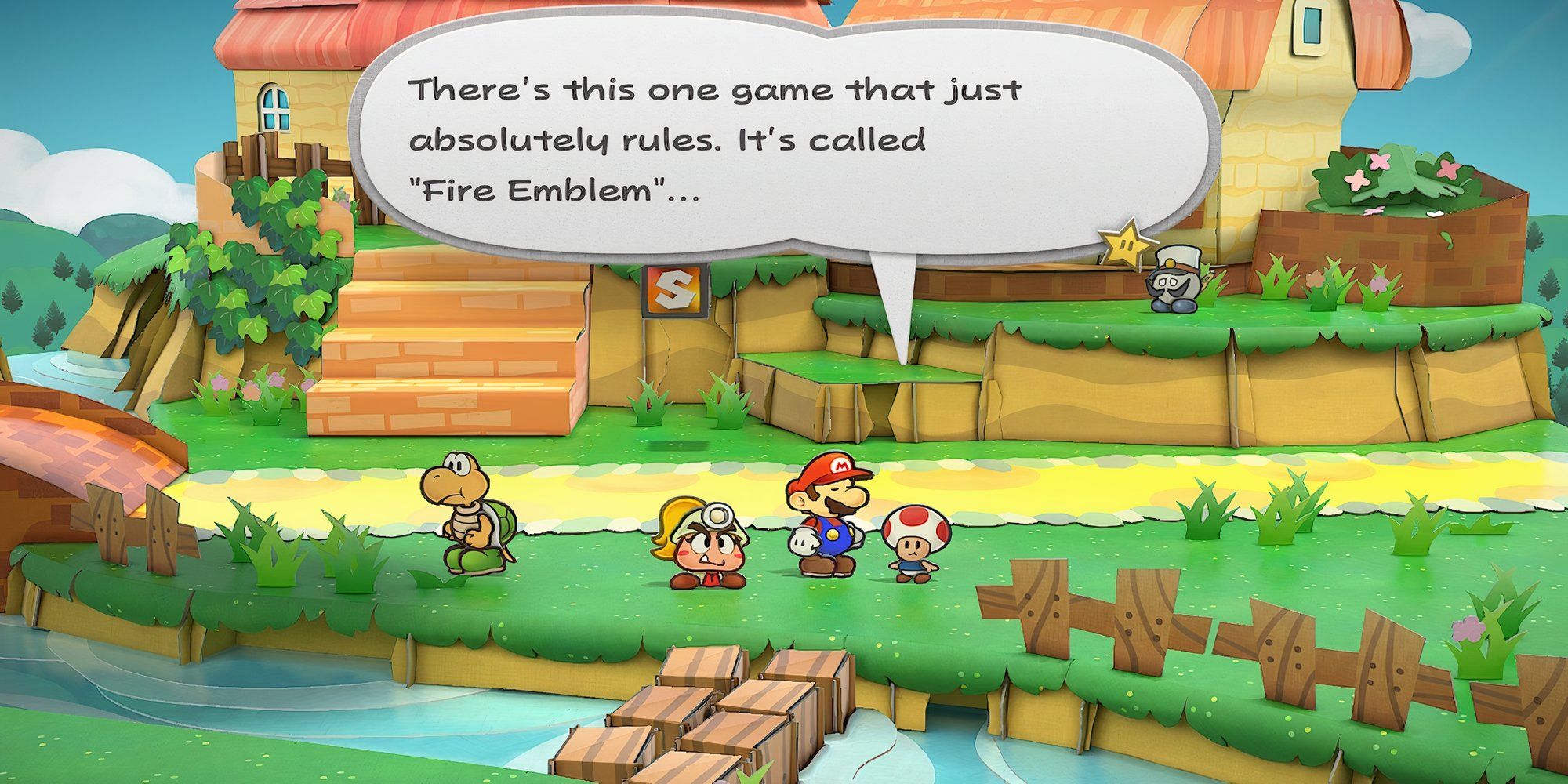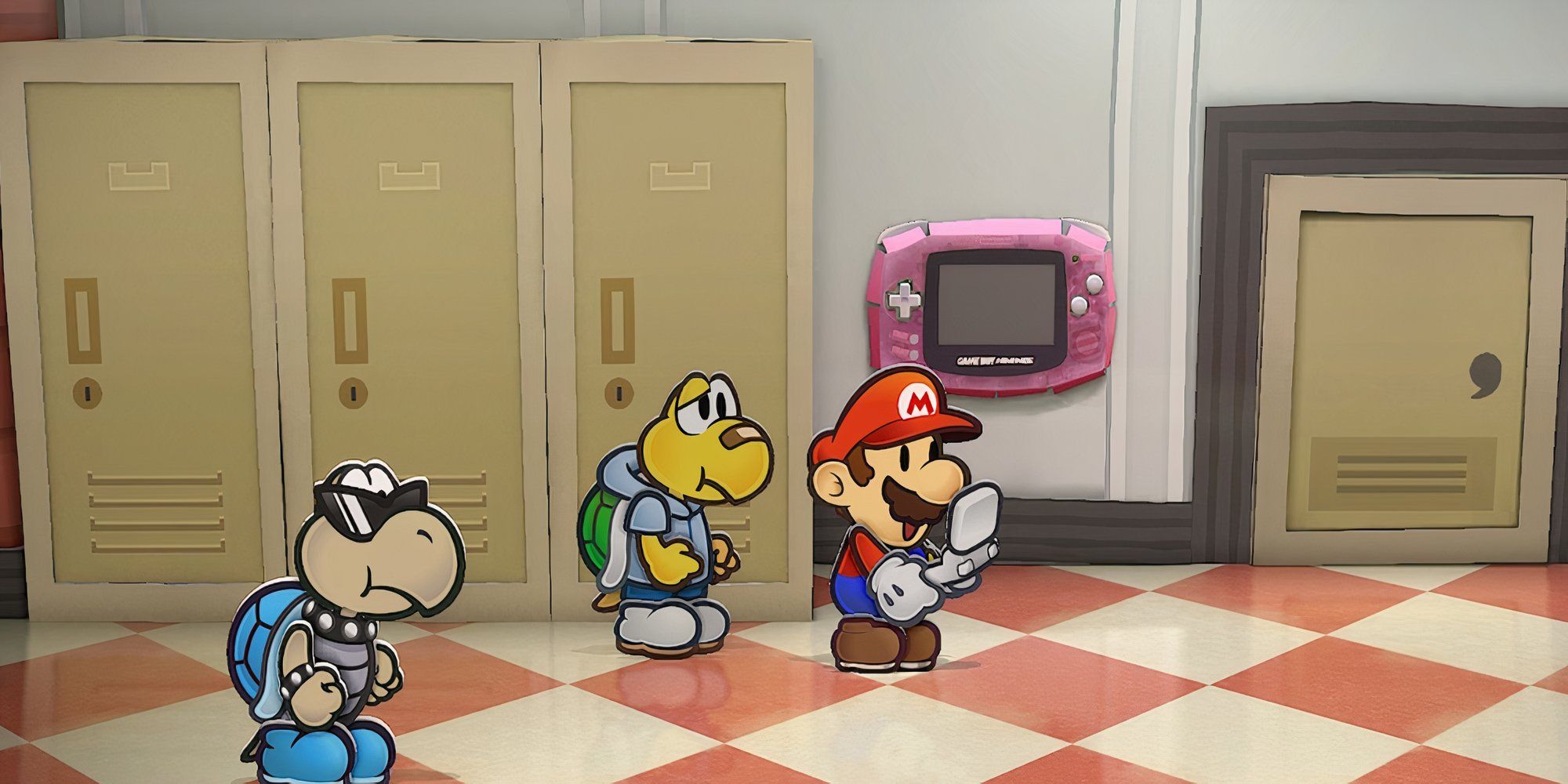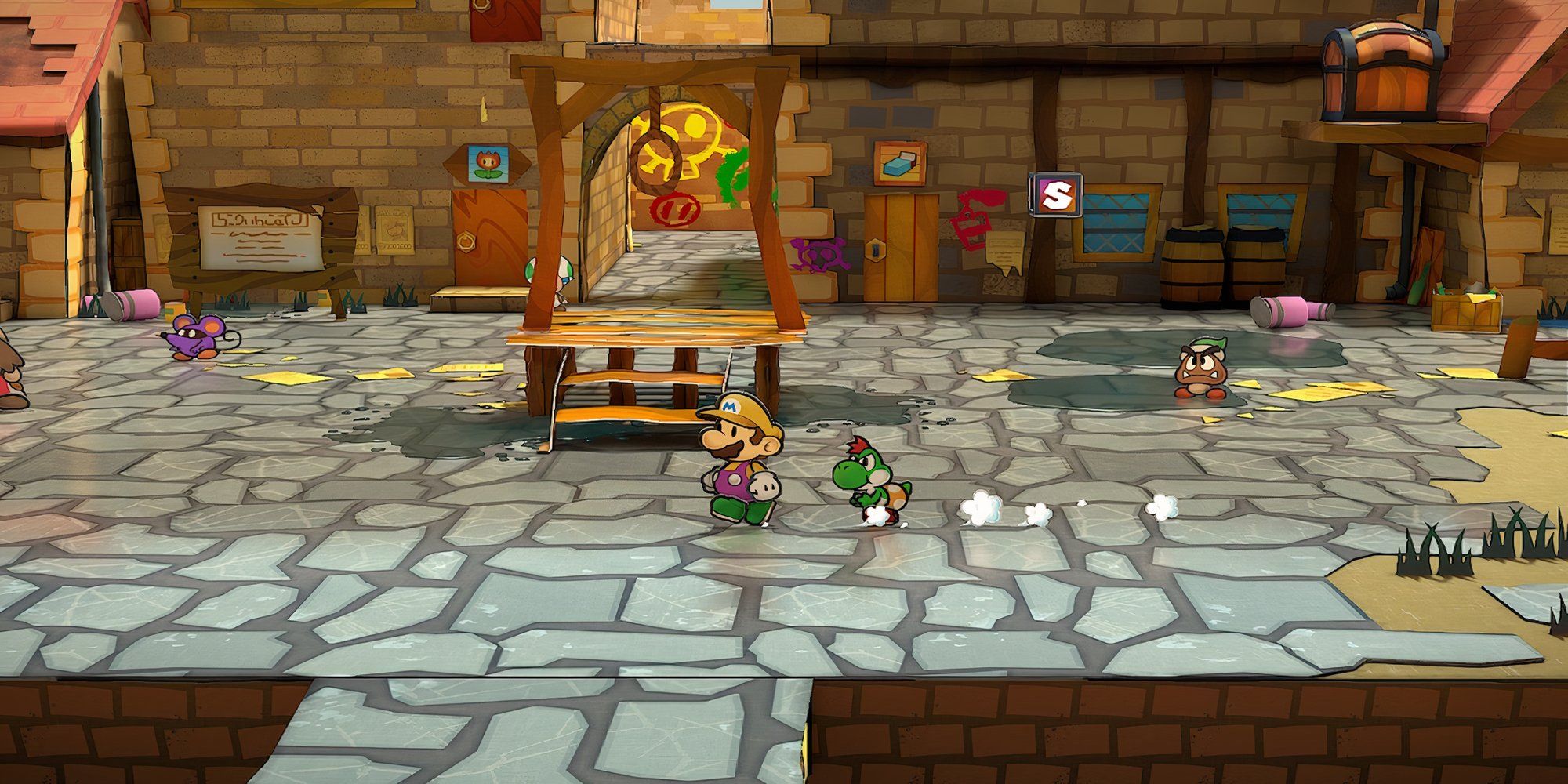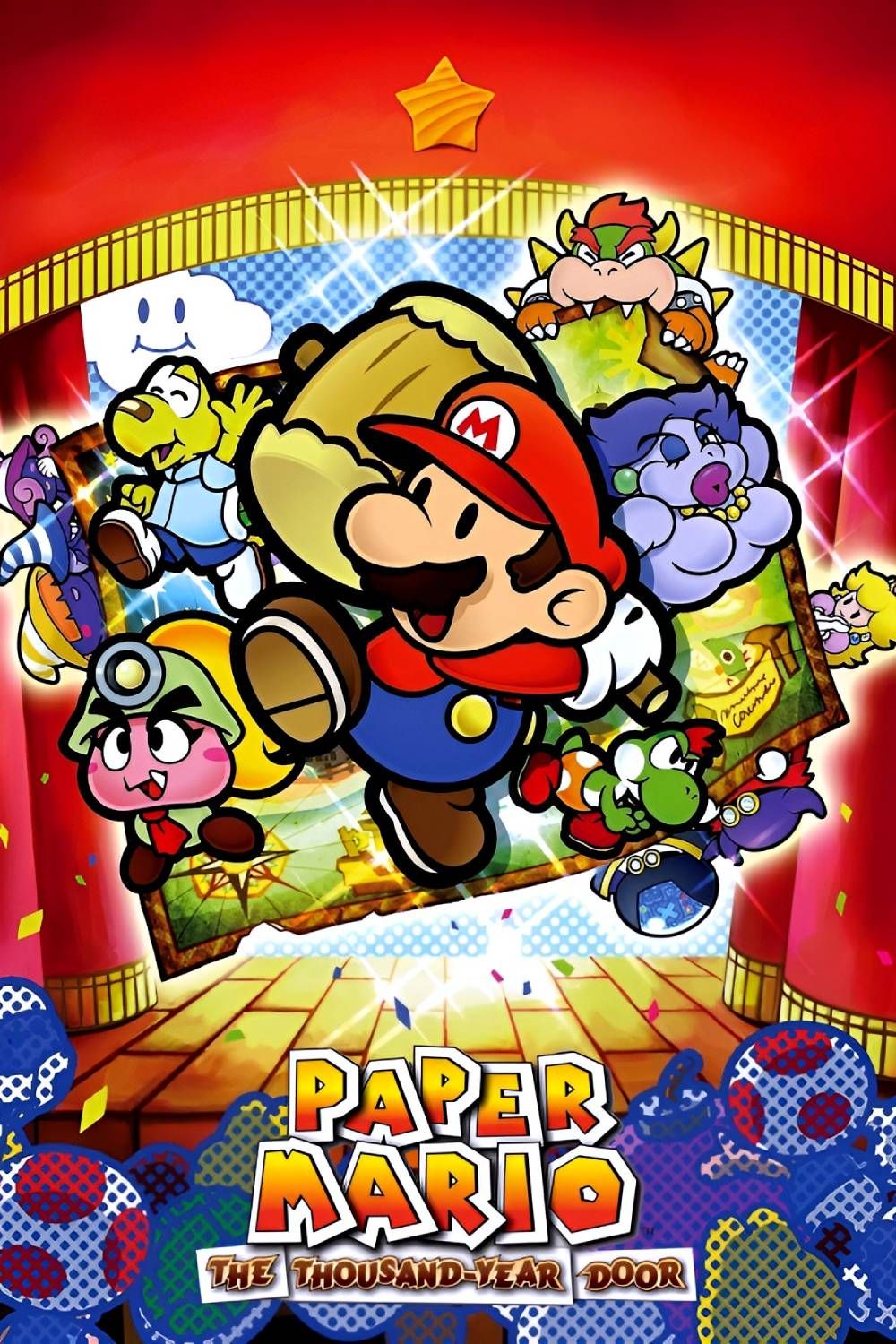Highlights
- Chuckola Cola was a cute nod to Mario & Luigi: Superstar Saga , reviving Bobbery in P aper Mario TTYD.
- Chapter 4's title may reference Intelligent Systems' old game, The Frog for Whom the Bell Tolls.
- Paper Mario TTYD pays homage to Nintendo's history, with nods to Famicom Disk System and Fire Emblem in-game.
Paper Mario: The Thousand-Year Door was the second game in the Paper Mario series and the fourth Mario-based RPG overall. First, there was Super Mario RPG: Legend of the Seven Stars on the SNES. This was followed by Paper Mario on the N64 and then Mario and Luigi: Superstar Saga on the GBA, which were both distinct spiritual successors to the first.
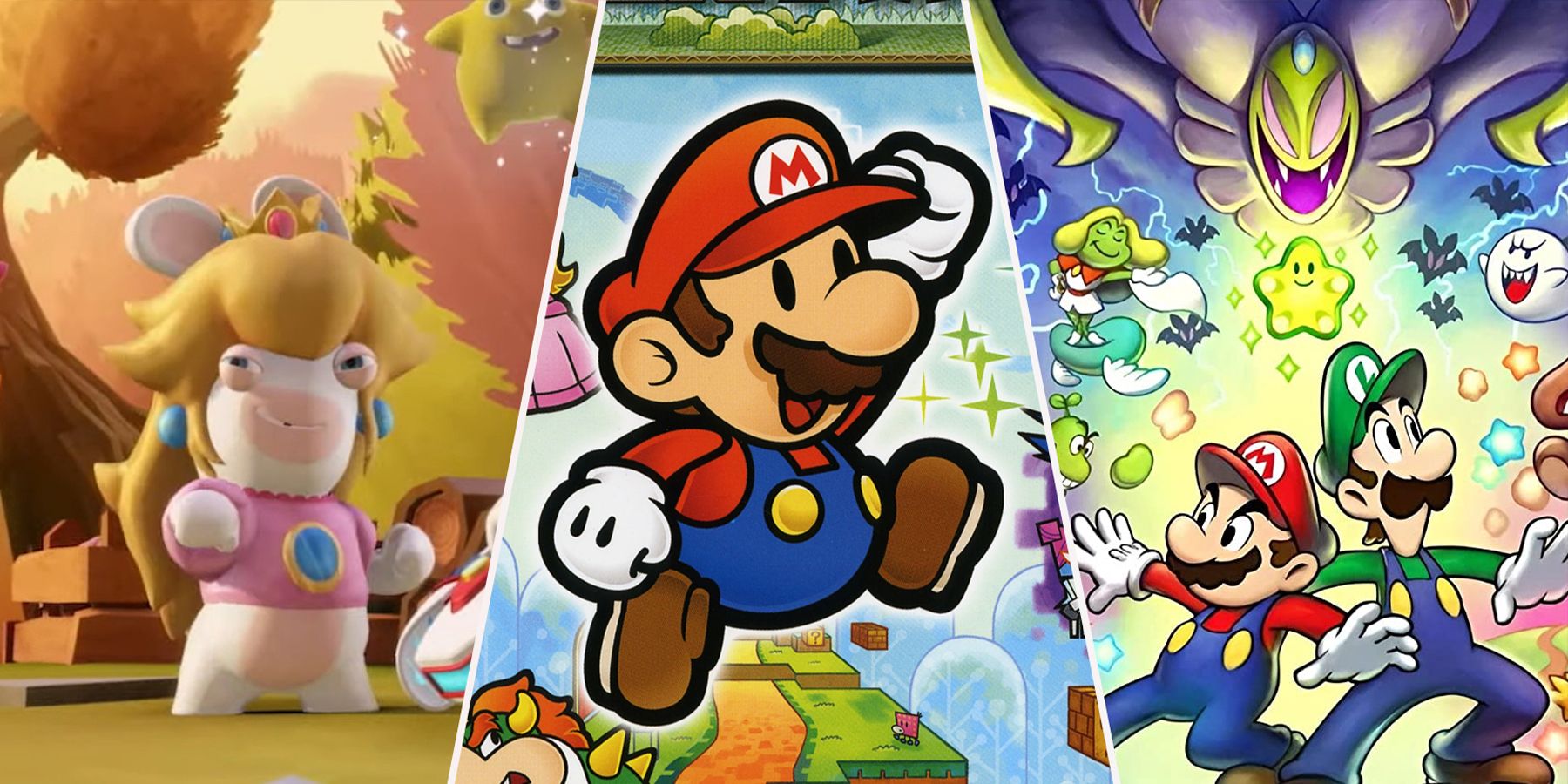
Every Super Mario RPG, Ranked
For over 20 years, Mario RPGs have been a surprise gem for Nintendo fans. They balance the cartoonish world of Mario with JRPG gameplay.
Paper Mario: The Thousand-Year Door had some rich history to cover, then, by its launch in 2004. Mario’s RPGs have always been good about self-references and references to Nintendo games beyond Mario as well. Paper Mario: The Thousand-Year Door is no different, so let’s go through some standout Easter Eggs.
Spoilers Ahead!
6 Chuckola Cola
A Delicious Soda In Mario RPGs
Chuckola Cola is what Admiral Bobbery craves in Chapter 5: The Key To Pirates. He is seemingly in dire straits, and it’s the only thing that can revive him. Thankfully, Flavio has a bottle in his reserves that he begrudgingly hands over. This drink is a reference to Mario & Luigi: Superstar Saga.
In an early area of Superstar Saga, the plumber duo has to infiltrate Chateau de Chucklehuck, which houses large vats of Chuckola Cola. They are following a thief, Popple, who is trying to steal kegs. Chuckola Cola is also referenced in Mario & Luigi: Partners in Time and, besides these three games, that was seemingly it for Chuckola Cola. For reference, Mario & Luigi: Superstar Saga launched on the Game Boy Advance in 2003 as opposed to Paper Mario: The Thousand-Year Door’s release on the GameCube in 2004.
5 Chapter 4: For Pigs The Bell Tolls
A Reference To A Hidden Game
Chapter 4: For Pigs The Bell Tolls takes Mario to Twilight Town to find yet another Star. The title of this chapter could be a reference to another game that Intelligent Systems worked on. Kaeru no Tame ni Kane wa Naru, or The Frog for Whom the Bell Tolls, was a Game Boy game that was released way back in 1992.
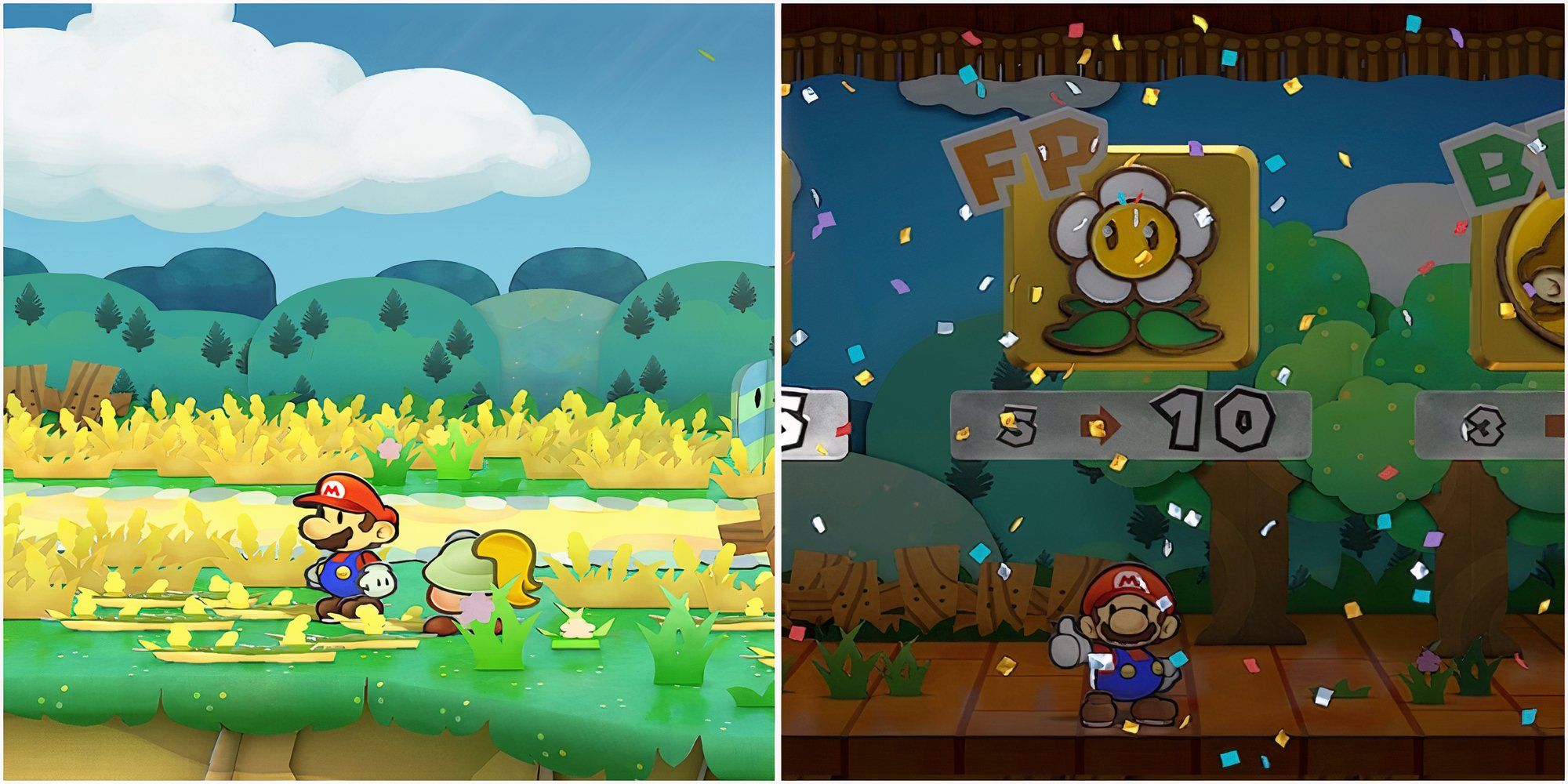
6 Beginner Tips For Paper Mario: The Thousand-Year Door
Nintendo's Paper Mario: The Thousand-Year Door remake revitalized an RPG classic, and these tips will help new players get started.
It has similar gameplay mechanics to The Legend of Zelda except with more RPG elements. In that game, a rival kingdom’s citizens are turned into frogs. In Paper Mario: The Thousand-Year Door, the citizens of Twilight Town get turned into pigs. Now, The Frog for Whom the Bell Tolls is a reference unto itself, as it was named after Ernest Hemingway’s novel, For Whom the Bell Tolls, which revolves around the events following the Spanish Civil War.
4 The Data Disk
A Nod To The Famicom Disk System
In-between Chapter 5: The Key to Pirates and Chapter 6: Three Days of Excess, players will get to control Princess Peach within the X-Nauts compound once again. Players can craft a potion to turn her invisible so that she can gain access to Grodus’ computer. In Grodus’ office, Princess Peach will find the Data Disk.
Once inserted, the computer will play the Famicom Disk System jingle, along with showcasing the startup screen. In Japan, the Famicom was their version of the NES, and it had this Disk System attachment. Some of the most beloved Nintendo games were made for this add-on, like The Legend of Zelda and Metroid, which were then converted to cartridge form in the West.
3 Toads Love RPGs
A Nod To Fire Emblem
In Petalburg, players can run into a Toad child who will talk about the games he is playing. He mentions Fire Emblem which is probably referencing Fire Emblem: The Blazing Bladem which was the original Japanese title. When it came to the West in 2003, it was simply known as Fire Emblem, and it was the first game to leave Japan since the Fire Emblem series began in 1990.
This Toad child talks about other RPGs if players revisit him throughout the adventure too, including Paper Mario: The Thousand-Year Door, which is a very meta joke. Here’s an additional interesting bit of Fire Emblem trivia: Fire Emblem: The Sacred Stones, the sequel to Fire Emblem, was released in Japan on October 7, 2004, for the GBA, whereas the West got Paper Mario: The Thousand-Year Door just four days later. It was an impressive week for Intelligent Systems.
2 Celebrating Nintendo’s Portables
From The Game Boy To The Game Boy Advance
Players who pay attention in Paper Mario: The Thousand-Year Door will not be surprised to see nods to Nintendo’s portable hardware. There is a giant Game Boy displayed in the Pianta Parlor gambling hall in Rogueport. In Glitzville, the floating tournament-based city in the sky, uses large GBAs for screens. In every locker room, there is a different colored GBA as well.
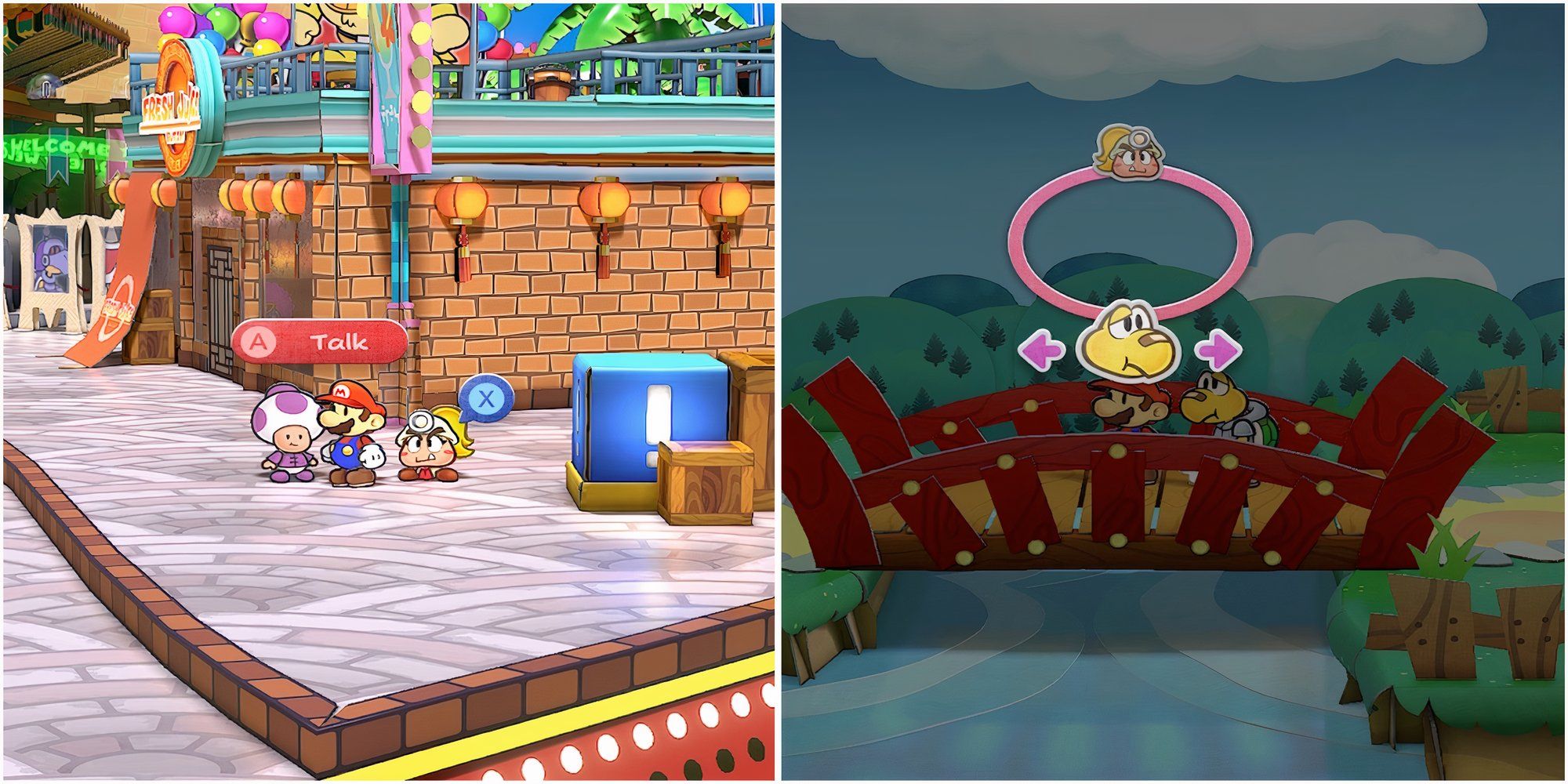
The 6 Best Changes Made To Paper Mario: The Thousand-Year Door
Nintendo's remake of Paper Mario: The Thousand-Year Door does more than recreate the original game by changing a few features for the better.
Finally, Mario’s email reader is a white GBA SP which some players may confuse with a DS. The DS launched on November 21, 2004, the first in North America, a full month after Paper Mario: The Thousand-Year Door’s original debut. While it would have been interesting for Nintendo to preview this hardware ahead of time in the original Paper Mario: The Thousand-Year Door, that’s simply not the case.
1 Mario Costumes
Become “Evil” In This Beloved RPG
Unlike a lot of modern RPGs, there aren’t a lot of ways to customize the looks of the party in the game. Mario can buy two Badges in Paper Mario: The Thousand-Year Door which will change his clothes to match his brother Luigi or his evil doppelgänger Wario. If players equip the L Emblem and the W Emblem Badges together, their outfit will look like Waluigi.
In the X-Naut’s base, there is a curtain that will turn the party into 8-Bit versions of themselves temporarily, similar to an Easter Egg found in Super Mario RPG: Legend of the Seven Stars. Finally, the last costume-like change revolves around hatching the Yoshi in Glitzville. Depending on when it hatches, Yoshi will be a different color permanently. For example, hatching it anytime before 6 minutes will make it green, while hatching it around 19-20 minutes could turn it white.

